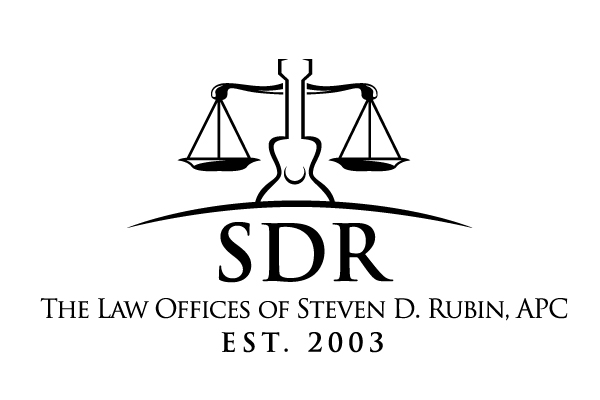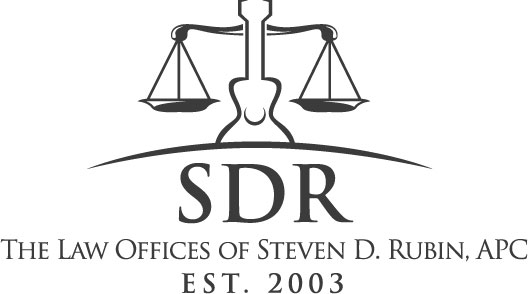
Opportunity (Zones) Knock … But Not All Doors Are Created Equal
I was having lunch a while back with an international tax attorney colleague. A terrific guy. We were talking tax attorney stuff. Like his sailboat. He was incredibly knowledgeable and experienced at assisting his clients shelter their income. He was an expert at captive insurance companies. But he was lamenting that when it came to capital gains, there just was not a whole lot that could be done. I asked him if he was familiar with Opportunity Zones: Internal Revenue Code § 1400Z-2 – Special Rules For Capital Gains Invested In Opportunity Zones. He was not.
Perhaps you’ve heard about “Opportunity Zones.” Perhaps you have not. Qualified opportunity zones are low-income areas designated for tax-favored economic development. That is good, right? How does it work? Well, taxpayers who realize capital gain from any transaction may choose to invest that gain in a qualified opportunity fund (QOF) operating within a qualified opportunity zone. To encourage such investment, there are three tax benefits of investment in a QOF. First, the invested capital gain is temporarily deferred. Good. Second, 10% or 15% of the deferred gain is permanently sheltered from tax for QOF investments held for five or seven years, respectively (90% or 85% of the deferred gain will eventually be taxed). Very good. Third, post-investment appreciation of QOF investments held for 10 years may, at the taxpayer’s election, be permanently exempted from taxation. That is not a typo folks. Permanently exempted! Incredible! Gain is deferred until the earlier of the date on which the qualified opportunity fund investment is sold or exchanged, or December 31, 2026.
I have taken a good look at Opportunity Zones (OZ) and how they can help the communities they are purportedly intended to help (as well as my clients(. In the course of my research I have learned that not all OZ are created equal. An OZ is basically an economically distressed region. But as you might imagine, and it’s just common sense, some economically distressed regions are more distressed than others. Investors with capital gains that can afford to delay use of the money tend to be sophisticated investors. They not only want to defer their capital gains, but why not make a return on those deferred capital gains in the process? These investors not only to invest in a QOF, but in a QOF that is part of project in a location that will generate income, revenue and profit. Many OZ are in areas that are so economically distressed that there just are not the resources, infrastructure, and economic landscape to attract QOF interest. Why set up a QOF in an OZ no one wants to live or work in, when you can set one up in an OZ that has investors drooling because it is primed for an economic boom? Even though OZ are designed to attract investment to areas of great need, the cynic in me sees the potential for the OZ program to be just another means for the rich to get richer … while deferring their capital gains taxes for years.
Let’s hope that more QOF’s find their way into areas that truly need the help in order to revitalize, because Opportunity Zones) knock … but not all doors are created equal.
#InternalRevenueService #IRS #OpportunityZones #QualifiedOpportunityFund #QOF #CapitalGains #SantaMonicaTaxAttorney #SantaMonicaTaxLawyer #TaxAttorney #TaxLawyer #NonprofitAttorney #NonprofitLawyer #TrialAttorney #TrialLawyer #StevenRubin #Lawdog



